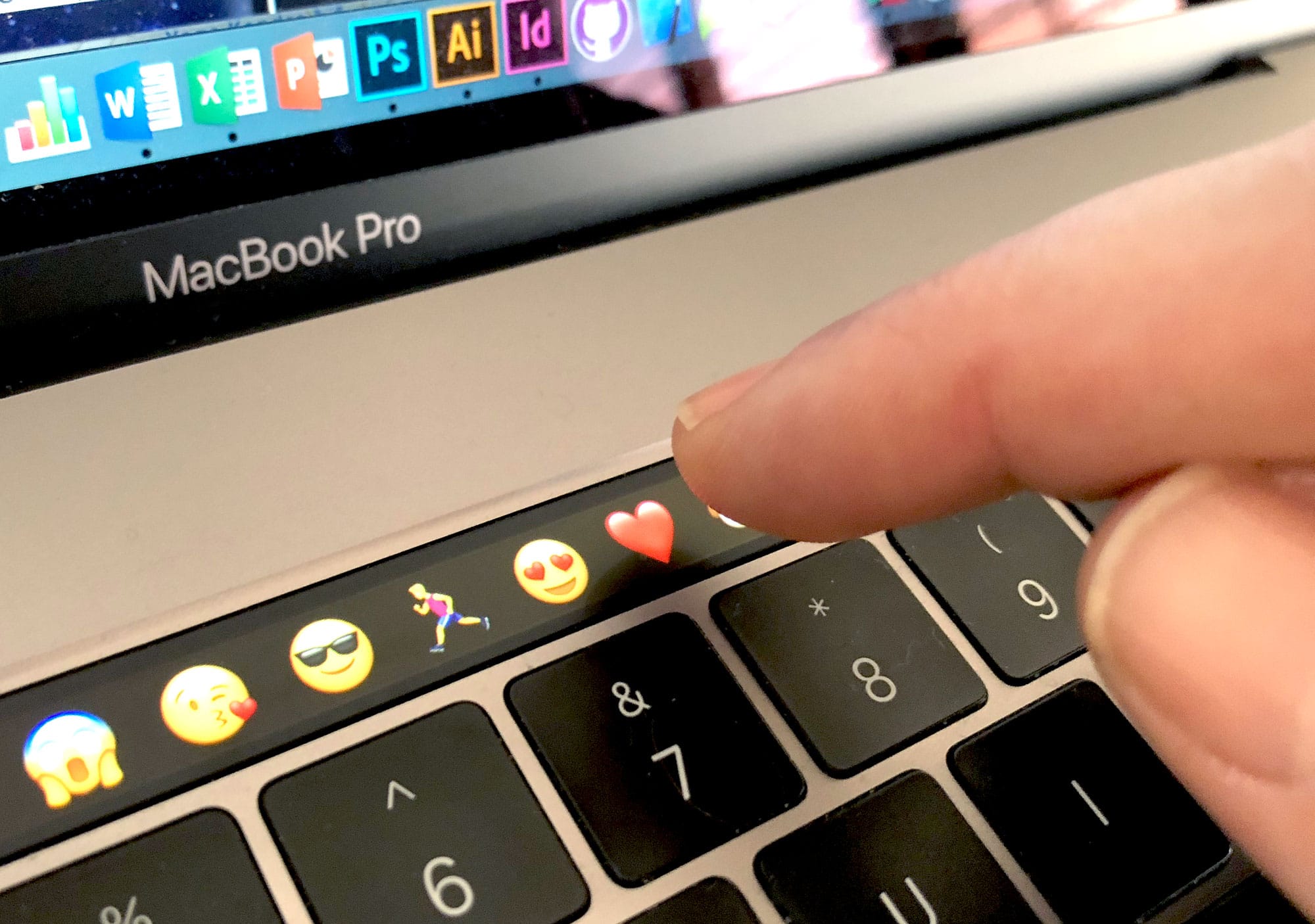Capture The Flag (One Use Arrow) Mac OS
The new screenshot capture tool isn't referred to as software. It is one of numerous Mac features which you can access using a shortcut. You can activate both Grab and its newer version using such shortcuts as Command+Shift+3 to capture the entire screen area, Command+Shift+4 to select a specific part of the screen. So, I have Mojave running on 5 Macs and the arrow keys do not work as you stated. I still have a Mac which is running Yosemite and the arrow keys do work. So either the function was removed in Mojave or it's a bug. I don't know which. You can send Apple a bug report from the feedback page. Feedback - macOS - Apple. This is definitely possible! First, you'll want to change some capture settings. From the 'S' menu in the menubar, make these changes: 1. Switch to the 'Image' tab. Change the Share destination to File (if these options aren't visible, you may need to click the arrow on the left of the window) 3. Introducing the Eclipse Marketplace Client What is the Eclipse Marketplace Client. Eclipse Marketplace Client (MPC) is a rich client interface for browsing and installing the Eclipse based solutions listed on the Eclipse Marketplace portal. Command and Alt/Option are used in keyboard shortcuts, as well as the Control key, which is used almost exclusively by Mac OS X and Apple programs. Return and left Shift has two variants, one used in the US and Eastern Asia (horizontal Return and long Shift), and second, used in Europe, Middle East and Africa (vertical Return and short left.
Once upon a time, every window on a Mac desktop had big, easy-to-click and impossible-to-miss scroll bars that never, ever disappeared.

Since 2011’s “Lion” update to Mac OS X, however, Apple has adopted an “barely there” policy when it comes to scroll bars.
Indeed, scroll bars on the Mac are now just as wafer-thin as they are on the iPhone and iPad—and in some cases, they may disappear completely when you’re not actively scrolling.
Luckily, it’s easy to get those scroll bars back—not the old, larger versions, mind you, but at least you can keep the Mac’s new, skinny-mini scroll bars visible at all times.
Here’s how:
- Click the Apple menu at the top-left of the screen, then select System Preferences.
- Next, select the General preferences pane; it’s the very first one, up at the top.
- Under the “Show scroll bars” heading, you’ll find three options: “Automatically based on input device,” “When scrolling,” and “Always.”
- Go ahead and select that last “Always” option. You’re done!
Bonus tip
Wish you could get the missing scroll bar buttons back, too? You can’t, unfortunately, but you can always use your arrow keys for precision scrolling.
Related posts:
What is the Eclipse Marketplace Client

Eclipse Marketplace Client (MPC) is a rich client interface for browsing and installing the Eclipse based solutions listed on the Eclipse Marketplace portal. It is a new feature that allows Eclipse users to discover and install Eclipse solutions directly into their Eclipse installation.
Where can I get the Eclipse Marketplace Client
MPC is included in all of the packages available from the Eclipse download page.
How do I access the Eclipse Marketplace Client
You can start MPC by launching Eclipse and accessing it from the Help menu.
Once launched the Marketplace Client presents a wizard that looks like this:
Drag and Drop Install
You can use the Drag and Drop install feature by dragging the button to your running Eclipse workspace.Useful Links
Capture The Flag (one Use Arrow) Mac Os Update
Eclipse Marketplace and Favourites Lists Video
Eclipse Marketplace Client New + Noteworthy